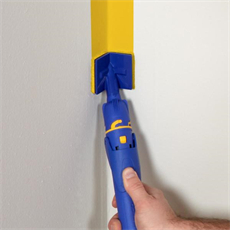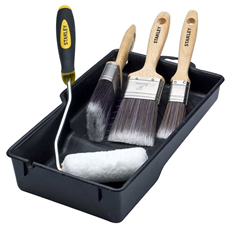Artists often have their own preferences when it comes to paintbrushes for creating portraits, as it can depend on their personal style and technique. However, there are some general types of brushes that are commonly favored for portrait painting. Keep in mind that the choice of brushes can also vary depending on whether the artist is using oil, acrylic, or watercolor paints. Here are some popular options:
- Round Brushes: Round brushes with fine, pointed tips are versatile and can be used for various portrait details, such as facial features and hair. They are often used for blending and creating fine lines.
- Flat Brushes: Flat brushes with square or rectangular tips are great for blocking in large areas of color and for creating crisp edges. They are useful for background and clothing details.
- Filbert Brushes: Filbert brushes have a flat, oval-shaped tip that combines the characteristics of both round and flat brushes. They are excellent for creating soft edges and blending in portrait work.
- Fan Brushes: Fan brushes have a distinctive fan-shaped tip that can be used for creating texture in hair and adding subtle details to a portrait. They are also useful for blending and softening edges.
- Detail Brushes: These are very small brushes with fine tips, often used for adding intricate details such as eyelashes, wrinkles, and fine lines in a portrait.
- Liner Brushes: Liner brushes have long, thin bristles and are ideal for creating long, flowing lines and delicate details, like wisps of hair or fine facial lines.
- Mop Brushes: Mop brushes have soft, rounded tips and are great for blending and softening edges in a portrait. They can create smooth transitions between colors.
- Bright Brushes: Bright brushes have short, flat bristles and are useful for controlled, precise strokes, making them suitable for adding highlights or sharp edges in a portrait.
- Angular Brushes: Angular brushes have bristles that come to a sharp angle and are often used for creating precise, angular shapes and edges in a portrait.
- Synthetic Brushes: Some artists prefer synthetic brushes for specific techniques or for working with water-based paints like acrylics. Synthetic brushes are also a cruelty-free alternative to natural hair brushes.
Remember that the brand and quality of brushes can vary, so it’s a good idea to try out different brands and types to find the ones that suit your style and preferences best. Additionally, keeping your brushes clean and well-maintained is crucial for achieving the best results in portrait painting.














